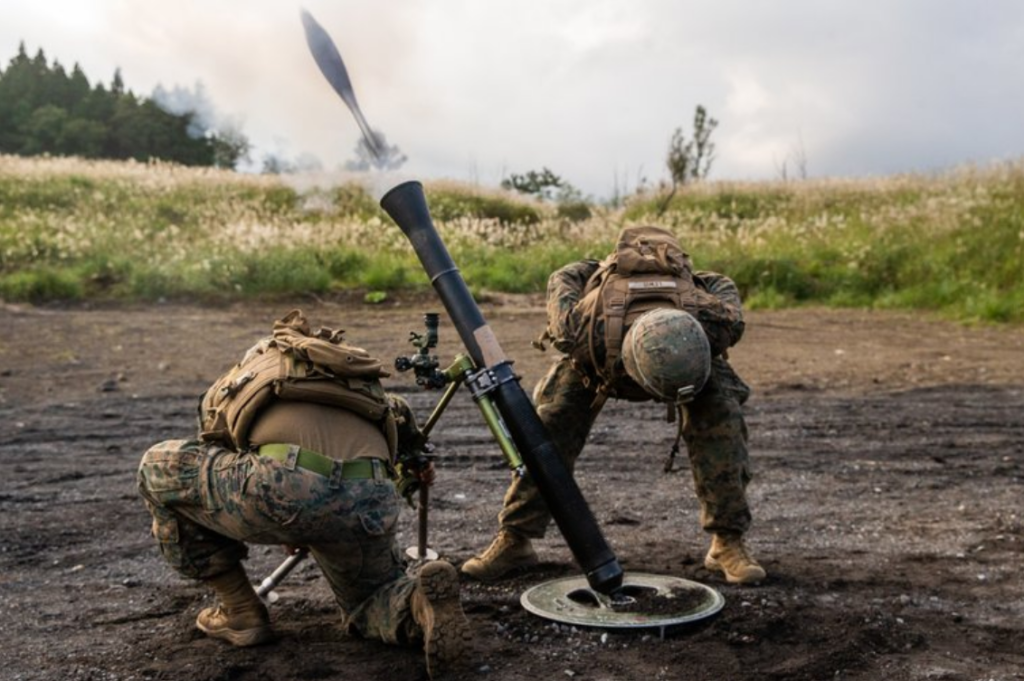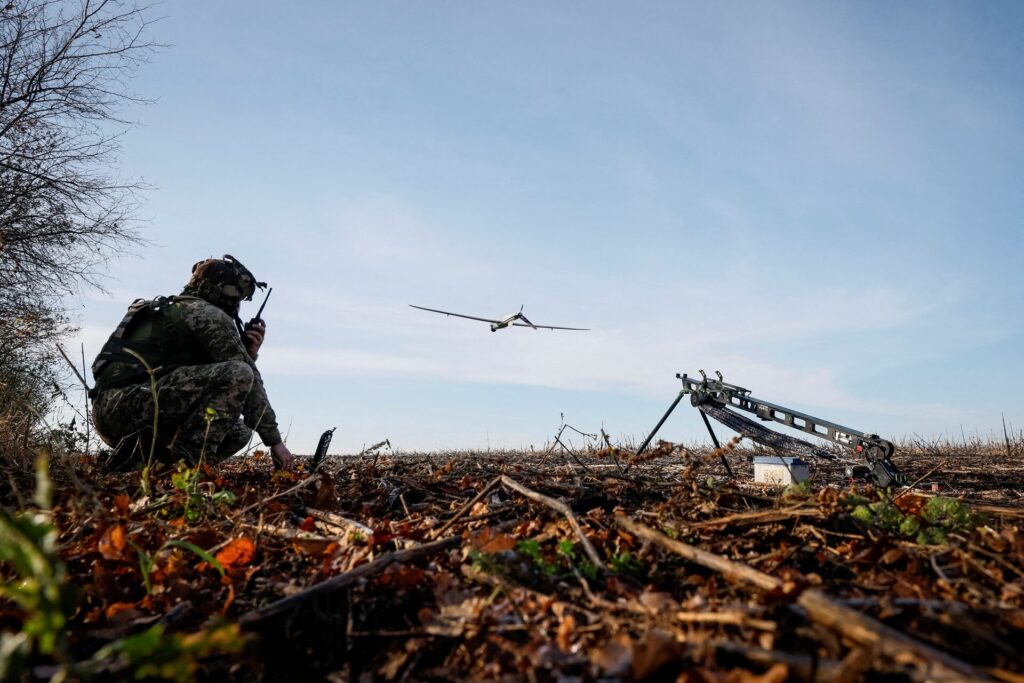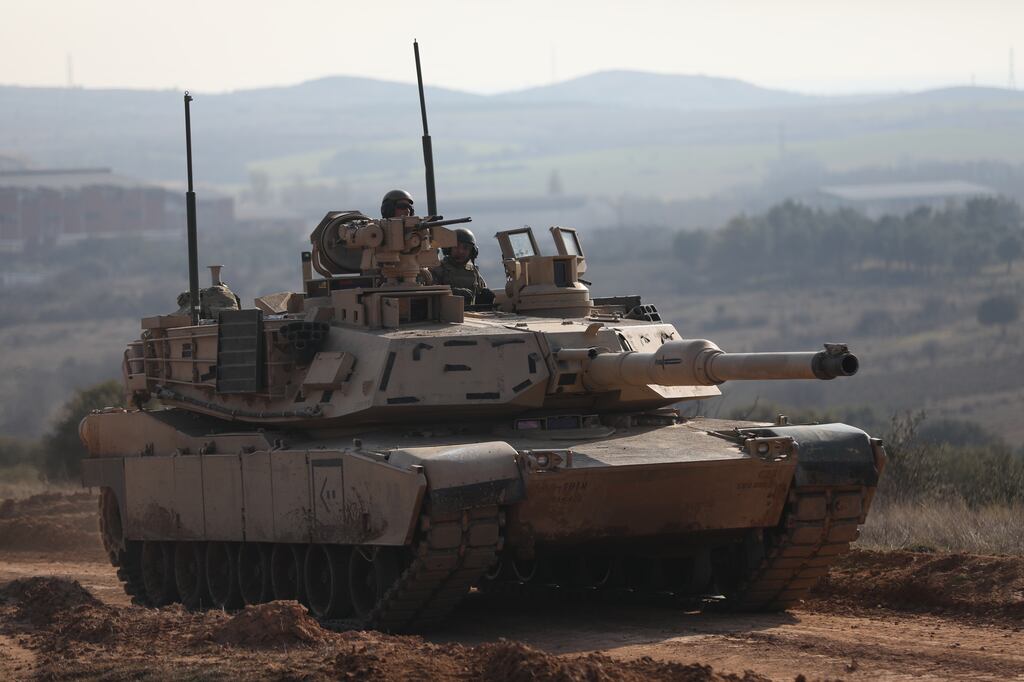Aerospace
We design, build, and field unique sensor packages for observation and data collection of high-speed events and space exploration.Hypersonics
At OKSI, we are leading experts in designing and fielding customer remote sensing packages for detection, tracking, and characterizing hypersonic platforms and re-entry vehicles. In partnership with DoD, NASA, SpaceX, and more, we develop high-altitude airborne sensors and support various programs, space-based techniques, and seeker technology for hypersonic interceptors and long-range strike vehicles.
We also extract calibrated thermal imaging over long distances of hypersonic vehicles, their bodies, and their wakes. For powered hypersonics, we can also identify and extract information from the engine in real time.
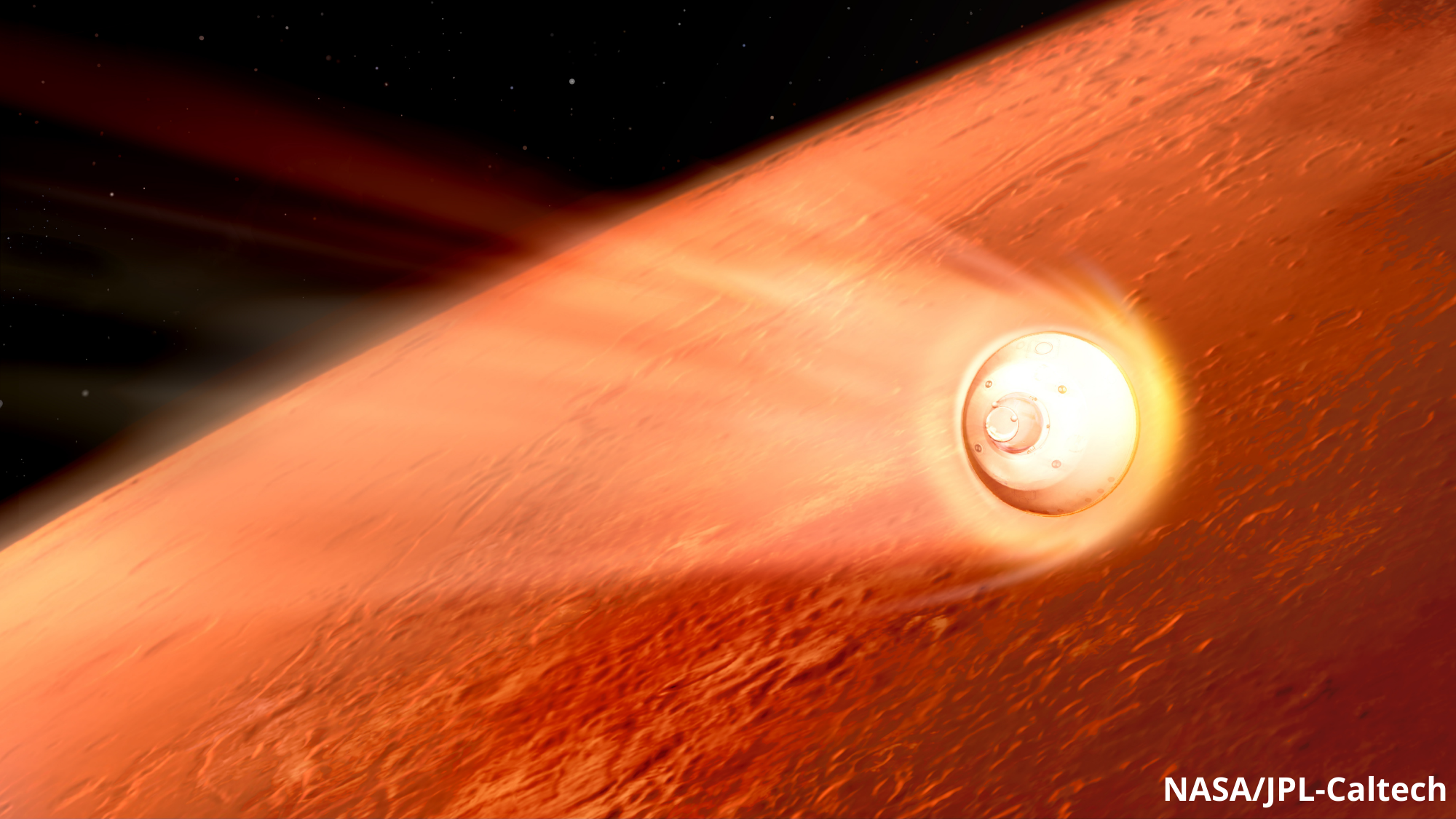

EO/IR Systems
With over 30 years’ experience in the development of unique EO/IR sensors for hyperspectral and multispectral imaging systems, our sensors cover the spectrum from the UV through LWIR, and into the Passive millimeter wave (PMMW). The applications cover nano-second spectroscopy, imaging, and imaging-spectroscopy, along with a wide range of configurations.
Combustion & High Enthalpy Flow Diagnostics
Our expertise in reactive flow includes optical non-intrusive diagnostics for flow field and species characterization and mapping, in applications from rocket engine plumes, internal combustion, airbreathing combustion systems, and more.
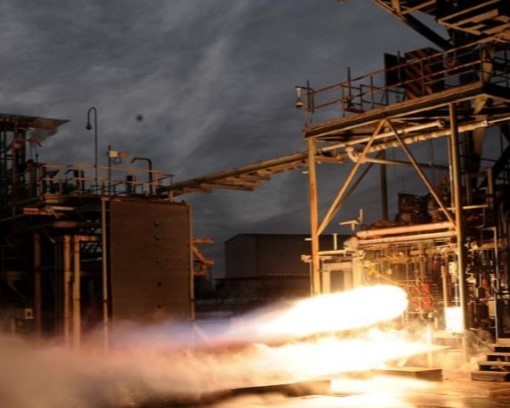

Modeling & Simulation
Modern airborne and space vehicles are moving towards highly complex system of systems (SoS) approaches that integrate advanced sensors and avionics with machine learning models. Due to the scale, cost, and safety concerns of testing these systems in real-life, we use the latest digital engineering methods to design, test, validate, and deploy autonomous aircraft in photorealistic 3D environments. Our modeling includes the spectral/temporal/spatial characteristics of the observables, radiative transfer, computational fluid dynamics of the surrounding flowfield, and sensor model including optics and detector.
We have also created realistic simulations of targets in their environments using tools like SSGM, OSC, SPF, SPURC for space-based and airborne vehicles.
Space Exploration
Understanding the origins of our universe and beyond is at the forefront of many minds. Our experience in space-based mission planning and science gives us a unique perspective on space exploration. Our ConOps and astrophysics knowledge combined with our proprietary low SWaP sensors allow us to take targeted measurements to help answer many unknowns about planets and other celestial bodies.


